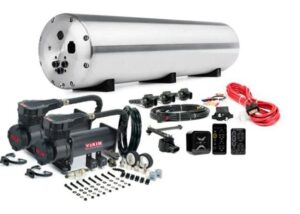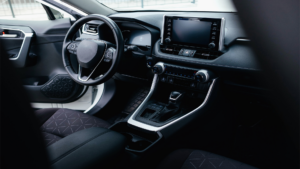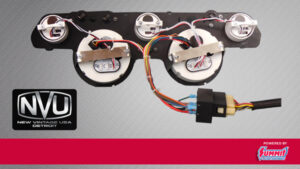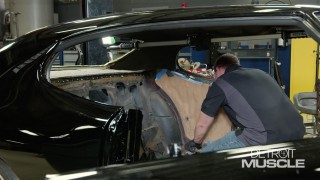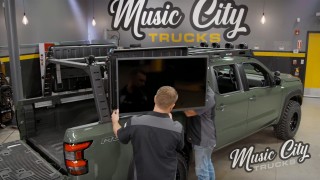Ford Axes Its Self-Parallel Parking Feature Because People Weren’t Using It

We are in an age when technology is constantly evolving, and our everyday vehicles seem to have almost every creature comfort one could imagine. But there was also a time when automakers had to cut some of these features and options from new vehicles due to the global microchip shortage. However, these days if a manufacturer cuts certain features from new cars, it will be more out of lack of necessity from the customers. In Ford’s case, its self-parallel parking feature, Enhanced Active Park Assist, is the latest casualty to go.
RELATED: Study Claims That Parking In Reverse Is More Than a Flex, It’s Actually Safer
No More Self-Parallel Parking?
Using a remote monitoring system Ford uses to collect data and driving habits on connected vehicles, the company was able to discover which features are being prioritized by customers, and which are not. Based on their findings, Ford realized that hardly anyone was using the Enhanced Active Park Assist to parallel park themselves. Instead, most Ford drivers were confident enough in their parking skills to not let the car take the wheel. In the end, most drivers saw the parking feature was seen more as an unnecessary convenience.
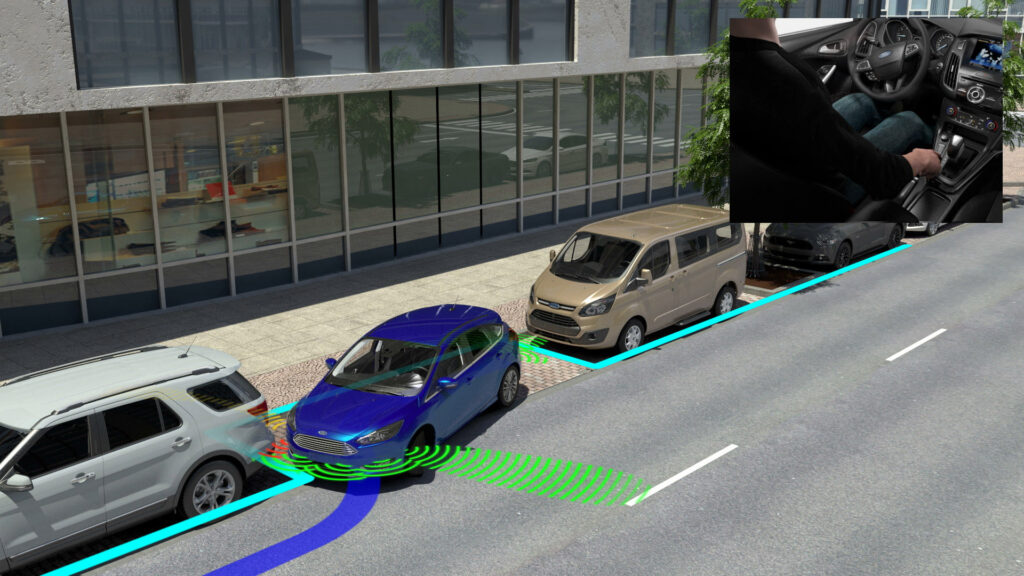
More Features Expected to be Cut
By removing the self-parallel parking feature, Ford will be saving time and money on production for future vehicles. According to Ford COO Kumar Galhotra in a report by Bloomberg, the cost to install Enhanced Active Park Assist is about $60 per vehicle. Over an entire year, that would calculate to about $10 million Ford will save on production costs.
RELATED: Ford Is Tempting Jeep Owners By Offering $1,000 Off a New Bronco
Of course, this decision won’t be without some critics. While there may be some Ford customers who did use this feature to take the stress out of parallel parking, it does open the door to other existing features that Ford may be giving the axe as well.
The removal of the parallel parking feature isn’t its own isolated situation either. It is part of a much greater strategy for the company to save $2 billion. This means that this self-parking function may be the first to get cut from Ford’s future vehicles, but it probably won’t be the last. If anything, it is a sign that the company will be doing some additional spring cleaning of features that customers actually need, versus what the manufacturer thinks that they want.
For the moment, Ford enthusiasts can only sit tight in anticipation as the automaker aims to redefine its new driving experience.
Want to read more articles like this?
Join the PowerNation Email NewsletterRead More from PowerNation
- Chapters
- descriptions off, selected
- captions off, selected
This is a modal window.
